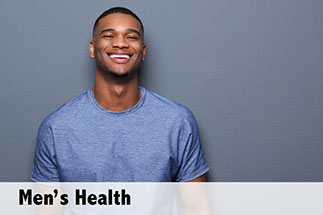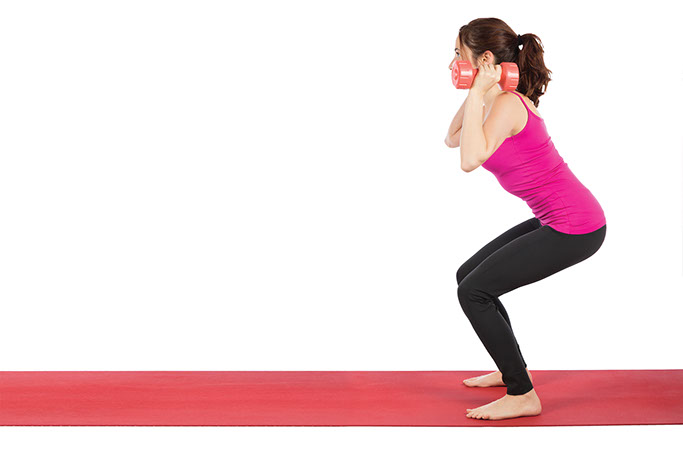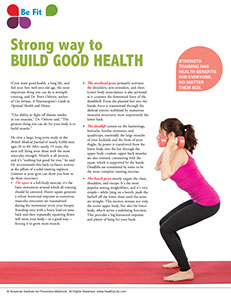SYMPTOM CHECKER
CONDITIONS
Male
Female
Child
Arm, Hand & Shoulder Concerns
Legs & Feet Concerns
Dental & Mouth Concerns
Ear & Nose
Eye Conditions
Head Conditions
Arm, Hand & Shoulder Concerns
Legs & Feet Concerns
Front
Back
Arm, Hand & Shoulder Concerns
Dental & Mouth Concerns
Ear & Nose
Eye Conditions
Head Conditions
Arm, Hand & Shoulder Concerns
Dental & Mouth Concerns
Ear & Nose
Eye Conditions
Head Conditions
Front
Back
Arm, Hand & Shoulder Concerns
Neck Links
Head & Neck Concerns
Arm, Hand & Shoulder Concerns
Neck Links
Head & Neck Concerns
Front
Back
Online Clinic
Wise Healthcare
Strong way to build good health
Print on Demand
If you want good health, a long life, and feel your best well into old age, the most important thing you can do is strength training, said Dr. Brett Osborn, author of Get Serious, A Neurosurgeon’s Guide to Optimal Health and Fitness.
“Our ability to fight off disease resides in our muscles,” Dr. Osborn said. “The greatest thing you can do for your body is to build muscle.”
He cites a large, long-term study in the British Medical Journal of nearly 9,000 men ages 20 to 80. After nearly 19 years, the men still living were those with the most muscular strength. Muscle is all protein, and it’s “nothing but good for you,” he said. He recommends this back-to-basics routine as the pillars of a solid training regimen (trainers at your gym can show you how to do these exercises):
• The squat is a full-body exercise; it’s the basic movement around which all training should be centered. Heavy squats generate a robust hormonal response as numerous muscular structures are traumatized during the movement (even your biceps). Standing erect with a heavy load on your back and then repeatedly squatting down will stress your body—in a good way—forcing it to grow more muscle.
• The overhead press primarily activates the shoulders, arm extenders, and chest. Lower body musculature is also activated as it counters the downward force of the dumbbell. From the planted feet into the hands, force is transmitted through the skeletal system, stabilized by numerous muscular structures, most importantly the lower back.
• The deadlift centers on the hamstrings, buttocks, lumbar extensors, and quadriceps, essentially the large muscles of your backside and the front of your thighs. As power is transferred from the lower body into the bar through the upper body conduit, upper back muscles are also stressed, contrasting with the squat, which is supported by the hands. Deadlifts are considered by some to be the most complete training exercise.
• The bench press mostly targets the chest, shoulders, and triceps. It’s the most popular among weightlifters, and it’s very simple—while lying on a bench, push the barbell off the lower chest until the arms are straight. This motion stresses not only the entire upper body, but also the lower body, which serves a stabilizing function. This provides a big hormonal response and plenty of bang for your buck.
Strength training has health benefits for everyone, no matter their size.
This website is not meant to substitute for expert medical advice or treatment. Follow your doctor’s or health care provider’s advice if it differs from what is given in this guide.
The American Institute for Preventive Medicine (AIPM) is not responsible for the availability or content of external sites, nor does AIPM endorse them. Also, it is the responsibility of the user to examine the copyright and licensing restrictions of external pages and to secure all necessary permission.
The content on this website is proprietary. You may not modify, copy, reproduce, republish, upload, post, transmit, or distribute, in any manner, the material on the website without the written permission of AIPM.
2021 © American Institute for Preventive Medicine - All Rights Reserved. Disclaimer | www.HealthyLife.com
















































